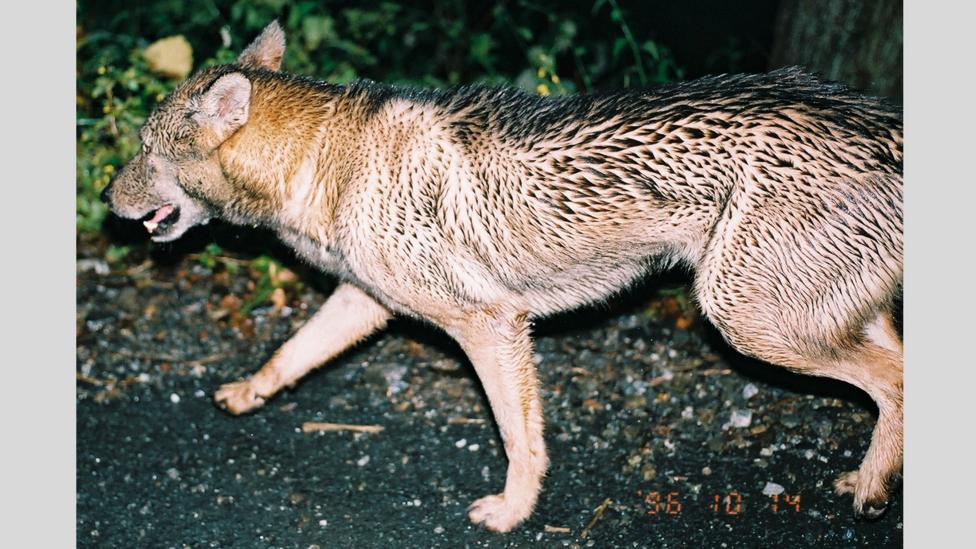

Studies of nuclear genomes are needed to further clarify the taxonomic status, divergence time, and population genetic structure of Japanese wolves. A mitochondrial genome analysis suggested that Japanese wolves could be categorized into two distinct clusters. However, the other sample from Leiden (Jentink a) was identified as a domestic dog. The mitochondrial genomes of the type specimen of hodophilax (Jentink c) and another sample from Leiden (Jentink b) as well as Berlin specimens were included in the cluster of Japanese wolves distinct from other grey wolves. In this study, the taxonomic status of Japanese wolves was clarified using mitochondrial DNA of the three specimens stored at the Naturalis Biodiversity Center in Leiden, in addition to three Japanese wolf specimens stored at the Museum für Naturkunde in Berlin and five new samples from Japan. Two Japanese names, ookami and jamainu, used to describe wild Canis species, further complicate the issue.


Points of controversy include whether the type specimen of hodophilax (Jentink c: RMNH.MAM.39181) and the other two specimens from Leiden (Jentink a: RMNH.MAM.39182 and Jentink b: RMNH.MAM.39183) represent different varieties or subspecies of Japanese wolves or not. The taxonomic status of extinct Japanese or Honshu wolves ( Canis lupus hodophilax) has been disputed since the name hodophilax was first proposed by Temminck in 1839 on the basis of specimens stored in Leiden, the Netherlands.


 0 kommentar(er)
0 kommentar(er)
